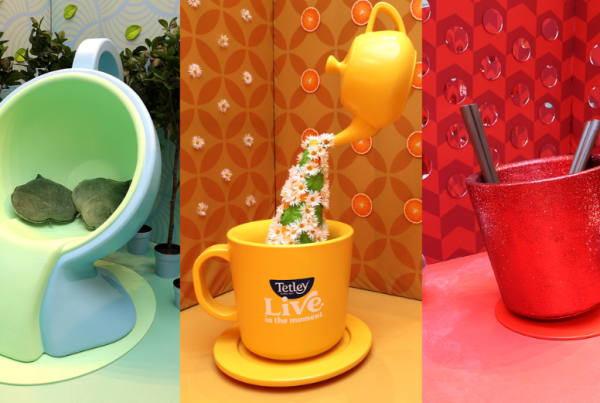Q&A with Vicki Brakl, VP of Integrated Marketing, MNITargeted Media Inc.
With more advertising channels than ever before, what role do traditional ad formats have in the marketing mix?
Of course, you’re not meant to answer a question with a question, but in this case, that may be the best way: What is traditional anymore? Long gone are the days when brands invested in one media type or another. Today, what most brand advocates know is that if you want to move the needle, be noticed and get your target audience thinking about you, you better be where they are, both physically and mentally. Marketing mixes need to be balanced across media. Advertising today is a complex ecosystem of communication, with countless ways for a business to get a message to the customer. So what role do traditional ad formats have? They have as much or as a little importance as anything else; what matters most is intersecting at the precise moments in your customers’ lives, when they have either an ability and/or receptivity to engage. To accomplish this, data and deep understanding of your customers’ habits and media consumption preferences are paramount. Are they watching traditional TV or are they watching via an OTT service? Do they browse newsstands? Do they subscribe to podcasts? Once you know exactly who and where your audience is, you can reach them critically, when they have an open mindset to what you are offering through a mixture of ad units, ranging from print and display to video and beyond. At this point, wouldn’t we say that display units are now kind of ‘traditional’?
What are examples of digital brands turning to print and/or OOH marketing tactics?
There’s a reason why brands like Amazon thrive. They have transcended their digital origins to become a larger persona. They are experiences. This past holiday season, Amazon mailed out its first-ever toy catalog. “A Holiday of Play” went to millions of customers in November and drove millions of dollars in purchases. Amazon knows its customers and serves them OOH that validates loyalty. They used data to target households and from there, delivered messaging directly into the hands of parents and their children. It worked. I can say from firsthand experience that when this catalog arrived at my house, my 4-year-old daughter quickly claimed it as her own wish book. She flagged all the pages she was dreaming of, which, in turn, got me to go online, fill my cart and purchase. That was sneaky, Amazon, and it worked! Amazon knows, as do many other brands ranging from Airbnb to Red Bull, that high-impact marketing is not an either/or situation, but a carefully curated mix of media and experiences.
Just like what is interpreted as beauty, high-impact is in the eye of the beholder. Truly. What is high value to one consumer may be meaningless to another, so what is the high-impact beacon? It comes back to data. Data empowers messaging to be targeted and meaningful; it informs the consumer journey and provides insights that inform attribution. If you are serving an ad that provides value to its target, then it’s high-impact. For example, an automotive dealership that invests time and money in understanding their market’s best prospects is the dealership most likely to see a bump. The messaging must be personal—you need to understand if your target is looking for an SUV or used vehicle, and serve them digital ads accordingly. Then you can go the extra mile by sending a special invitation for a test drive—with incentives—via a Cover Wrap on a preferred magazine. This is how you get consumers both on the lot and to your website.
What is a multi-sensory brand experience?
Multi-sensory is what captures imaginations and inspires. Multi-sensory engages the senses and the brain. But use the experience judiciously. Tailor your augmented reality experience or scratch and sniff card to your target. For example, if you want to sell tickets to an upcoming show of Frozen on Ice, think about who you want to target. Is it parents? Parents of preschoolers? Maybe members of a skating academy? Once you know who you want to reach, surround them. Target them by playing snippets of Frozen songs on Pandora, serve ads with discount offers on mobile and insert an awesome mini-booklet—featuring the stars of the show—into a popular magazine. Sound, sight, touch and pocketbook (is that a sense?) – in this case they’d have a good chance of getting me to buy a ticket through the multi-sensory experience informed by data.
Why is it important for marketers to engage consumers’ senses?
A multi-sensory experience creates a deeper connection. It makes people feel valued. Let me give a simple analogy: Imagine seeing a picture of an adoptable dog online. You think she’s really cute. Then, you see a video of the dog playing in the park, and you think, wow, this dog has a great nature and plays well with children and other pets. Then, you go and meet her at an adoption event at your local shelter – hands on and lots of belly rubs! You’ve had a multi-sensory experience, which makes you more likely to adopt the dog, right? The same principle applies to consumer goods—multi-sensory experiences really work.
Source: Integrated experiences break through digital deluge – Adotas













